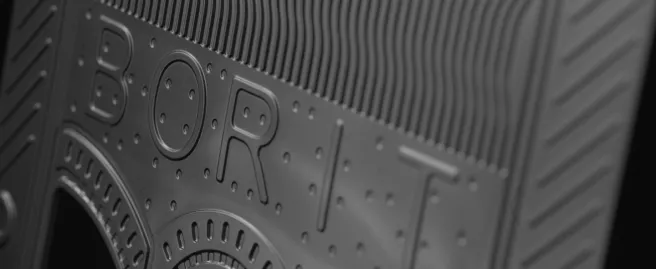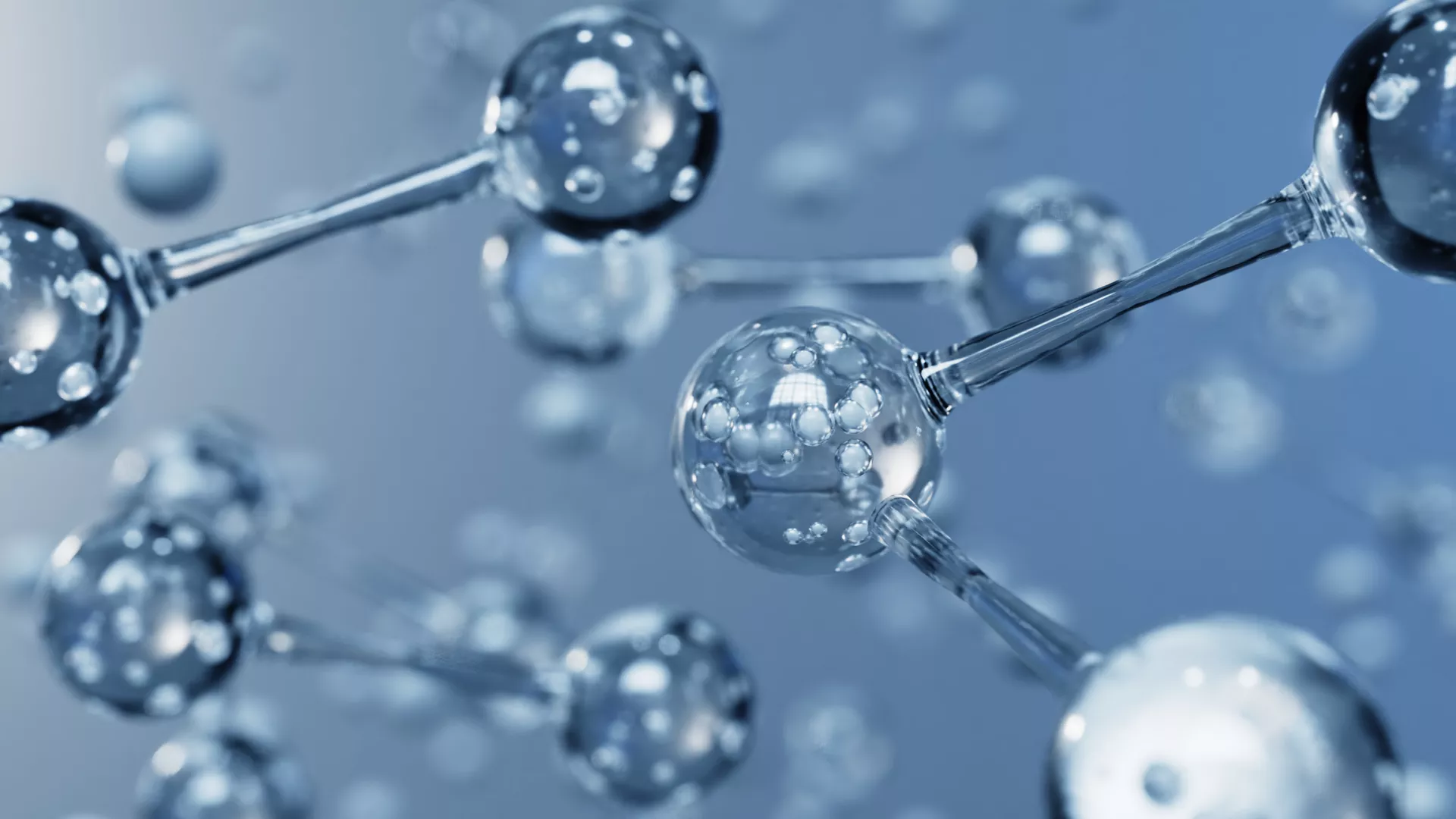Function of Metal Bipolar Plates
In PEM electrolyzers, metal bipolar plates serve several critical functions.
They distribute the necessary gases (hydrogen and oxygen) across the membrane, provide electrical connectivity between cells, and help manage the electrolyzer's thermal characteristics.
These plates are crucial for the efficiency and durability of the electrolysis process.
Cost and Performance Impact
The choice of material and design of the bipolar plates will significantly impact the overall cost and performance of green hydrogen production.
Metals that offer high conductivity and resistance to corrosion without substantial degradation over time are ideal, though they often come at a higher cost.
The development of cost-effective, durable, and efficient metal bipolar plates is therefore a key area of research in green hydrogen production.
Innovation and Sustainability
The link between green hydrogen production and metal bipolar plates extends into areas of innovation aimed at making green hydrogen a viable and sustainable alternative to fossil fuels.
Advances in material science and engineering are focused on reducing the cost and increasing the efficiency of these components to make green hydrogen more competitive.

Environmental Considerations
While metal bipolar plates are essential for the current technology in green hydrogen production, there is also a focus on environmental considerations.
This includes the lifecycle of the materials used, from mining and manufacturing to disposal or recycling, to ensure that the production of green hydrogen remains a truly sustainable endeavor.
The development of more efficient, durable, and cost-effective metal bipolar plates continues to be a crucial area of research in the push for widespread adoption of green hydrogen as a clean energy source.

Wherever our customers thrive, we innovate alongside them, aligning with their global footprint to deliver excellence right to their doorstep.
